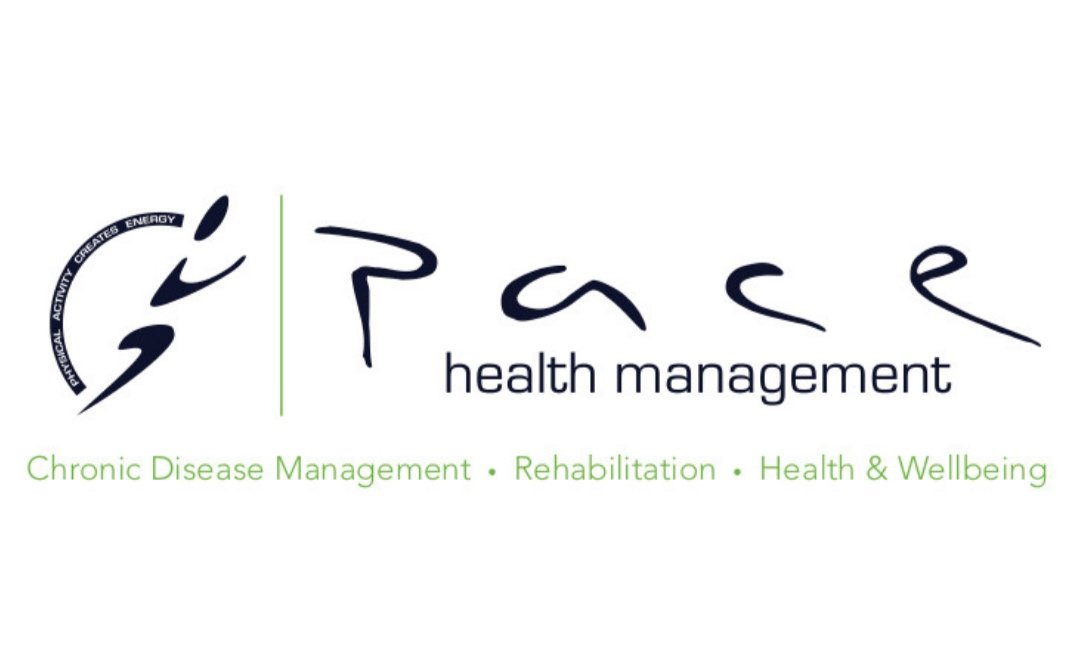Pregnancy and Exercise - Get the FACTS!
By Elise Robinson - Accredited Exercise Physiologist
Exercise throughout pregnancy can be an area of confusion for many women. With the right information family doctors can feel comfortable and confident referring pregnant and post-partum women for exercise therapy as an essential component of their care plan. The benefits include:
Increased fertility
Decreased risk of Gestational Diabetes & Post Natal Depression.
Improved circulation, energy levels, posture, muscular tone and strength/ endurance.
Improved sleep patterns and reduced stress/ anxiety.
Reduced back pain and other common musculoskeletal conditions associated with pregnancy.
Helps maintain a healthy weight range.
Prepare the body for childbirth and improve postnatal recovery.
With the average pregnancy gaining between 10-15kg anteriorly and central, there is inevitably a change in center of gravity that can have an effect on coordination, balance and posture (Olson & Blackwell, 2011). The parallel increase in weight gain and ligament laxity contributes to 50% of women suffering from lower back pain during pregnancy. Research indicates that women who exercise throughout pregnancy experience less pelvic, shoulder and lower back pain (Artal & O’Toole, 2003). The increased fitness, pelvic floor and abdominal strength associated with an appropriate exercise program assists women through with delivery and post birth recovery. In addition to postural changes, vascular changes cause an increase in resting heart rate, maximal heart rate and a blood pressure decrease (American College of Obstetricians and Gynecologists, 2002). Monitoring hydration, heat status, rest periods and changes in position is an essential component of exercise therapy.
Up to 50% of pregnancies exceed the recommended healthy weight gain leading to high-risk pregnancies, preeclampsia and gestational diabetes (Royal College of Obstetricians and Gynaecologists, 2003). Additional weight gain during pregnancy also acts as a pre-curser to post partum weight retention and an increased risk of obesity for the child in adulthood (Olson & Blackwell, 2011). Women who return to exercise within 6 months of giving birth are more likely to return to a healthy weight range (Siega-Riz, Viswanathan & Moos, 2003). Post partum depression remains one of the leading complications during the prenatal and post-partum period (Gaynes et al., 2005). Exercise increases the release of endorphins, provides a sense of mastery, increases self-esteem, improves body image perception, provides a sense of achievement, as well as acting as a distraction from stressful stimuli (Daley & Macarthur, 2007).
Pregnancy is now defined as a time for behavior modification. It is no longer seen as a period for confinement. Habits that are adopted during pregnancy play a major role in shaping Women’s health for the rest of their life (Sports Medicine Australia, 2013). Our Accredited Exercise Physiologist’s will help guide women through a suitable exercise program in a supportive and friendly environment. Every woman is different, and as a result, so are our exercise programs.
For more information on how exercise physiology can benefit your patients, please contact PACE at info@pacehm.com.au or phone 5973 6109.
References:
American College of Obstetricians and Gynecologist (2002). Exercise During Pregnancy and the Postpartum Period. ACOG Committee Opinion No. 267. Obstetrics Gynecology: 99:171–73.
Artal, R & O'Toole, M. (2003). Guidelines of the American College of Obstetricians and Gynecologists for exercise during pregnancy and the postpartum period. Journal of Sports Medicine. 37:6-12.
Brunker P. Brunker & Khan (2012). Clinical Sports Medicine. 4th edn. Sydney: McGraw Hill Companies.
Daley, A. & Macarthur, C. (2007). The Role of Exercise in Treating Postpartum
Depression: A Review of the Literature. Journal of Midwifery and Womens Health. 52 (1) 56-62.
Gaynes BN, Gavin N, Melzer-Brody S, Lohr KN, Swinson T, Gartlehner G. (2005). Perinatal depression: Prevalence, screening accuracy and screening outcomes. Agency for Healthcare Research and Quality. 290-02-0016.
Olson G, Blackwell SC. (2011). Optimization of gestational weight gain in the obese gravida: a review. Obstetrics and Gynecological Clinical North America. 38:397–407.
Royal College of Obstetricians and Gynaecologists (2013). RCOG Statement No. 4: Exercise in Pregnancy. Available at www.rcog.org.uk/womens-health/clinical-guidance/exercise-pregnancy [Accessed 20 July 2016].
Sports Medicine Australia. Exercise in Pregnancy (2013). Available at http://sma.org.au/resources-advice/policies-guidelines/active-women [Accessed 25 August 2013].
Siega-Riz A, Viswanathan M, & Moos, M. (2009). A systematic review of outcomes of maternal weight gain according to the Institute of Medicine recommendations: Birthweight, fetal growth, and postpartum weight retention. American Journal of Obstetrics Gynecological:201:339–341.
